Narrative of a Tradition (Tribal and Folk Arts of India)
Narrative of a Tradition presents seven different traditional painting genres of India including Gond, Madhubani, Pattachitra, Warli, Phad and Pichwai. The exhibition brings out the narratives drawn by various genres of Indian folk & tribal art of India. Here, the artists narrate the stories from the traditional repertoire and contemporary events, the focus here is on the art of storytelling in each of the genres which are part of the exhibition. Kalyan Joshi comes from a lineage of Phad painters of as early as the 13th century. Kalyan Joshi started painting at the age of 8 with his father Shri Lal Joshi who was an acclaimed Padma Shree honouree. Phad Painting is a folk painting style from Rajasthan, India. Phad paintings are scrolls customarily made on treated cloth and painted with natural colours. They illustrate epic stories composed around a central deity, Pabuji and Dev Narayanji, two deified heroes important in Rajasthan who are worshipped as the incarnation of lord Vishnu & Laxman. Japani Shyam is the daughter and Mayank Shyam is the son of well-known Gond artist Jangan Singh Shyam. Japani is famous for having created a new school of art in India, The Jangarh Kalam School, referring to the artist's pictorial style which focuses on the representation of deities and animal portraits. Mayank is one of the youngest members of the Jangarh School. One of Mayank’s recurring motifs is the modern city which he portrays in his own distinctive style infusing it with a Gondi ethos. His works attempts to depict the various traditions and the stories of the Gond community, such as the story of creation and survival. Gond art is a form of painting from folk and tribal art that is practiced by one of the largest tribes in India – the Gond – who are predominantly from Madhya Pradesh, but also can be found in pockets of Andhra Pradesh, Maharashtra, Chhatisgarh, and Odisha. The work of Gond artists is rooted in their folk tales and culture, and thus story-telling is a strong element of every painting. Gond paintings are a reflection of man’s close connection with his natural surroundings. Anil Chaitya Vangad hails from a warli tribal village of Maharashtra (northern part of the cosmopolitan Mumbai. He has been practicing and painting for the last 19 years in the traditional art style of the Warlis, experimenting with themes of gods and goddesses as well as the more contemporary issues of our times. It was the artist’s mother who influenced and taught him this tradition. He still prefers to use the traditional mediums of gerue, cow dung, charcoal and rice paste without using any synthetic dyes or paints. Originally done by women, Warli art depicts the social life of the tribes and not just mythological characters or deities. In these scenes, we can see the daily life of the humans eked out in harmony with animals and other elements of nature. The humans are engaged in various activities like dancing, sowing, harvesting or hunting. The symbolism in Warli art represents the circle of life. Manisha is a Mithila painter by tradition and Architect by profession. She learnt this art from her mother and grandmother by helping them make ritual paintings on wall and floor during festivals and wedding ceremonies. She changed the course of Madhubani Folk Painting by contemporizing the idioms and also being the first woman artist to bring this art to Commercial Art Galleries. Madhubani painting (Mithila painting) was traditionally created by the women of various communities in the Mithila region of the Indian subcontinent. The paintings were traditionally done on freshly plastered mud walls and floors of huts, but now they are also done on cloth, handmade paper and canvas. Madhubani paintings are made from the paste of powdered rice. The subject matter of the Madhubani Paintings were mainly the Hindu deities. Artists used to depict the tales of religious characters/Gods such as Krishna, Rama, Durga, Shiva, Saraswati, and Durga. Narendra Kumar Khorwal hails from Ajmer, Rajasthan. He has an experience of 15-year in painting and working with this traditional technique of Pichwai art. He has learned this art form from his guru ji Badrilal from Bhilwara, Rajasthan. Apart from Shrinathji the most common motif or subject matter of a Pichwai paintings, he also works with other subjects like Radha, gopis, cows and lotuses. Festivals and celebrations such as Sharad Purnima, Raas Leela, Annakoot or Govardhan Puja, Janmashtami, Gopashtami, Nand Mahotsav, Diwali and Holi are also frequently depicted. He uses the tradition cotton cloth and natural pigments and pure gold for his creations. Pichwai (pichvai) is a style of painting that originated over 400 years ago, in the town of Nathdwara near Udaipur in Rajasthan, India. Intricate and visually stunning, pichwai paintings, made on cloth, depict tales from Lord Krishna's life. Originally, pichwai paintings were used to decorate the temple of Shrinathji (Shrinathji ki Haveli) in Nathdwara, hung behind the deity to celebrate different seasons, festivals and events in Lord Krishna's life. Because of their beauty and brilliance, Pichwais are now also hung on house walls and other places and are no longer restricted to the temples. Rabindra Behera is best known for his Odisha Patachitra paintings. Patachitras are a traditional form of tribal art that includes wall paintings, manuscript paintings, palm-leaf etchings, and cotton and silk cloth paintings. The subject matter often centres around religious, mythological, and folk themes, with Krishna Leela and Lord Jagannath as recurring motifs. Likewise, Behera also depicts scenes from the Hindu epics of Mahabharata and Ramayana, legendary stories of well-known gods like Krishna and Shiva. The paintings are also adorned with decorative designs of animals and birds in geometric and symmetrical pattens, and the more elaborate they are, the longer it takes to finish them. Behera usually works with tussar silk and patti, or palm leaf, as canvases. This form of art is closely related to the cult of Shri Jagannath and the temple traditions in Puri.
Curator's Note
Narrative of a Tradition
India is the home to several diverse art forms. A lot many are on the verge of extinction either due to lack of interest by the general milieu or because of the due exposure that these art forms deserve to the populace. With a renewed interest in the exquisite folk and tribal art traditions of the country, the art forms and the artists both are getting their space into the mainstream urban galleries and in the contemporary market.Narrative of a Tradition has been envisaged to bring out the narratives from various genres of Indian folk & tribal art and engage the viewer by demonstrating their dynamic nature, their evolution in tandem with the socio-cultural environment and the transformation in building traditions as seen in the recent times. Here the artists narrate the stories from the traditional repertoire and the contemporary events, the focus here is on the art of storytelling in each of the genres which are part of the exhibition. These works offer a broad view of the practices of a diverse group of artists who share many commonalities, perhaps the most important being that each of them has created truly original bodies of work outside of any formal academic dialogue. In their myriad forms, these traditional arts serve as an essential documentation of India’s longstanding cultural heritage. Their legacy is not to be ignored. Yet lack of patronage forces the artists to look for alternative means of income. This exhibition Narrative of a Tradition is a reiteration of the fact that these indigenous art forms and artists need a platform to ensure that their legacy endures. When we say contemporary adivasi / tribal art it sounds something outlandish. As thegeneral notion about the term contemporary is something on the contrary to the later. One, which is perceived as something very new, recent and urban centric, whereas, the other is imagined as the rearward, still on a stage of evolution and rooted in oral tradition. While the later has faced many difficulties as lack of materials, psychological demoralization, a sense of inferiority in the face of commercial products and the absence of patronage. But,due to the advent of market, renewed interest, vocal for local, and bringing forward the indigenous practices have led to bridge the gap between these art forms and the other contemporary art forms. Many a times have got representation on the same platform blurring the boundaries between the aboriginal and so-called contemporary. We can summarise that any art that is being done in present times is contemporary. So as the folk and tribal art that is being done in today's times is contemporary as well.
Manisha jha (madhubani)
8 ARTWORKS
Anil vangad (warli)
6 ARTWORKS
Kalyan joshi (phad)
6 ARTWORKS
Japani shyam (gond)
3 ARTWORKS
Mayank shyam (gond)
2 ARTWORKS
Narendra kumar (pichwai)
14 ARTWORKS
Rabindra behera (pattachitra)
3 ARTWORKS
Print Media
Print Media not found
E-media
E-media not found



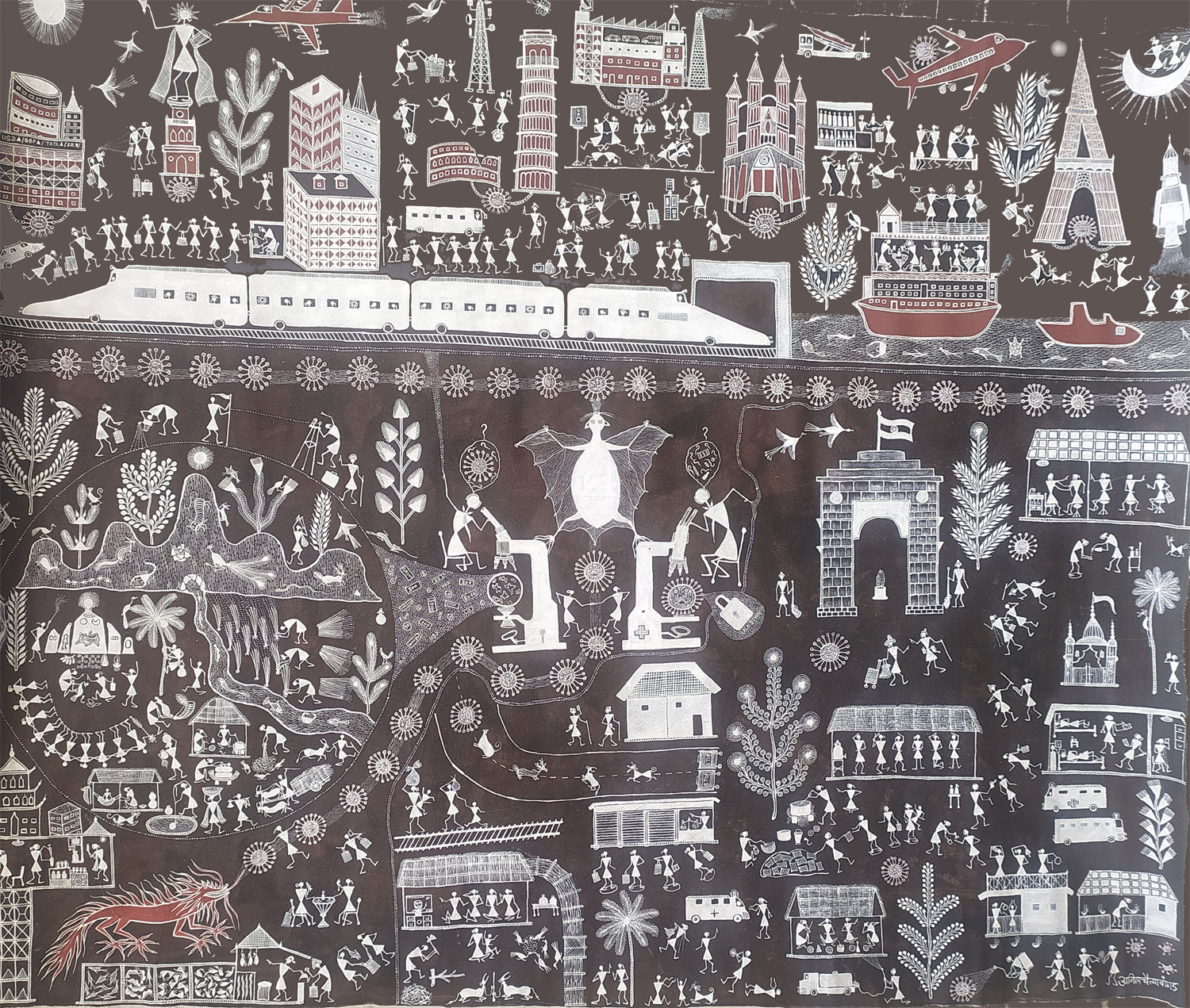
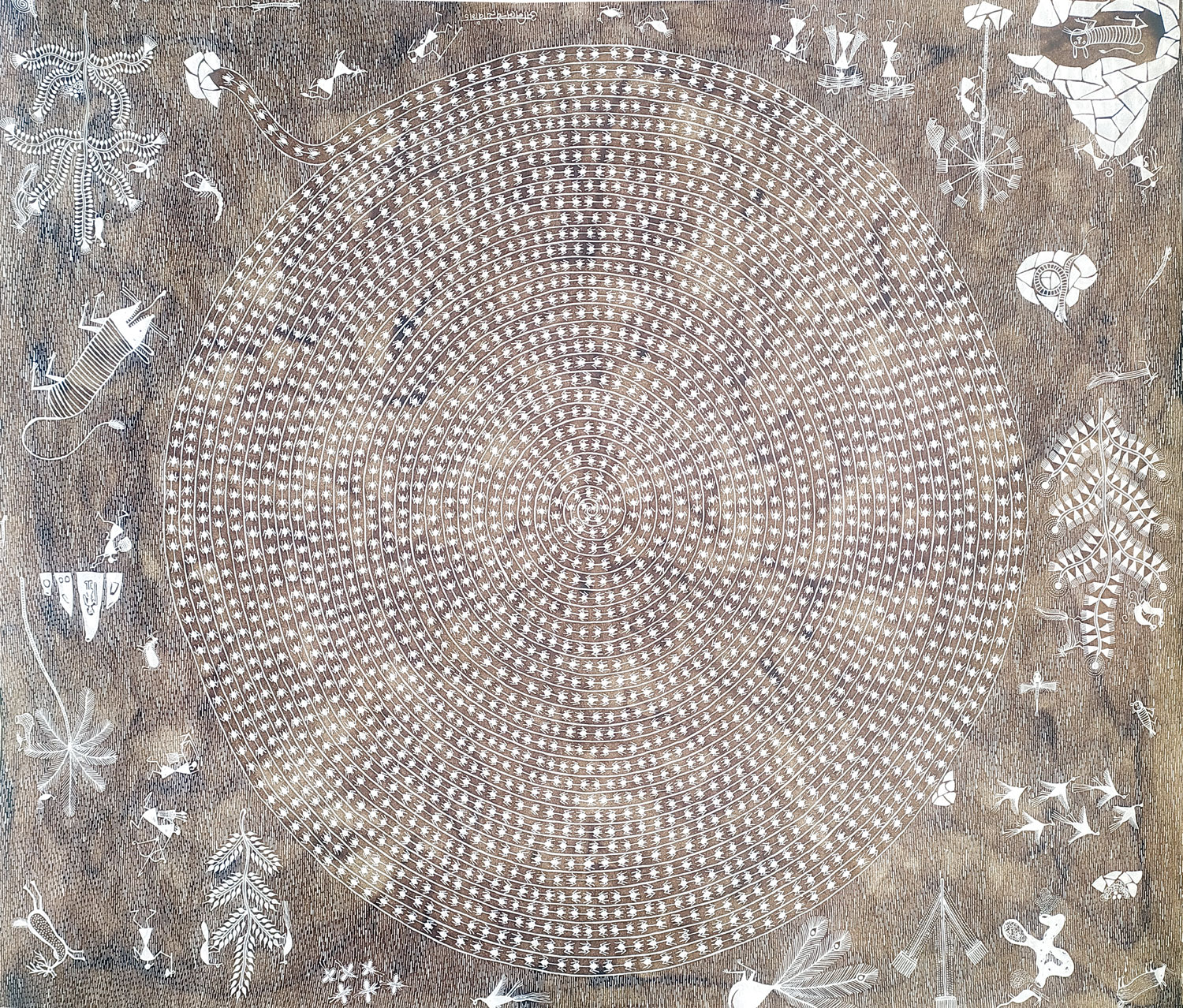
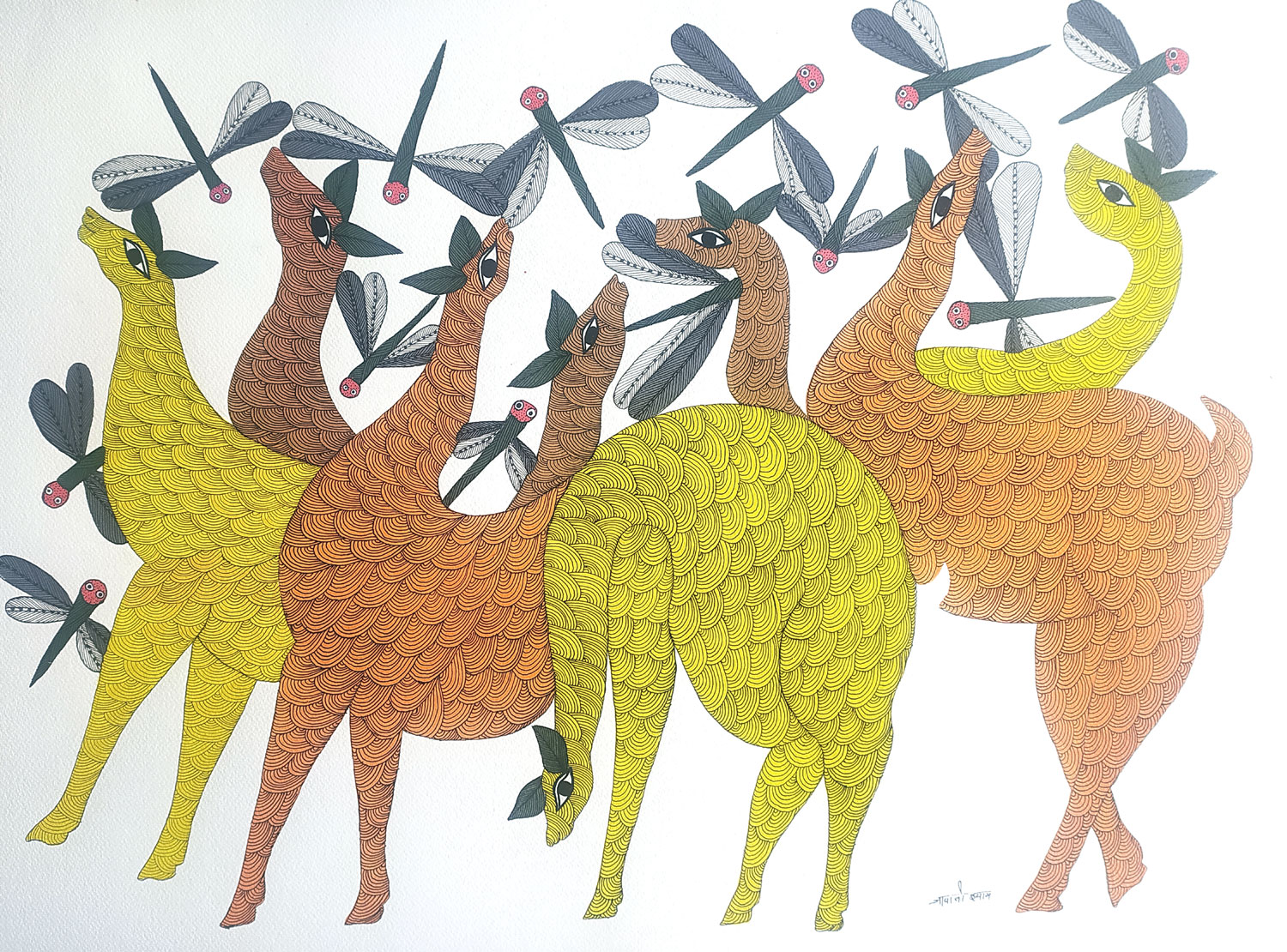
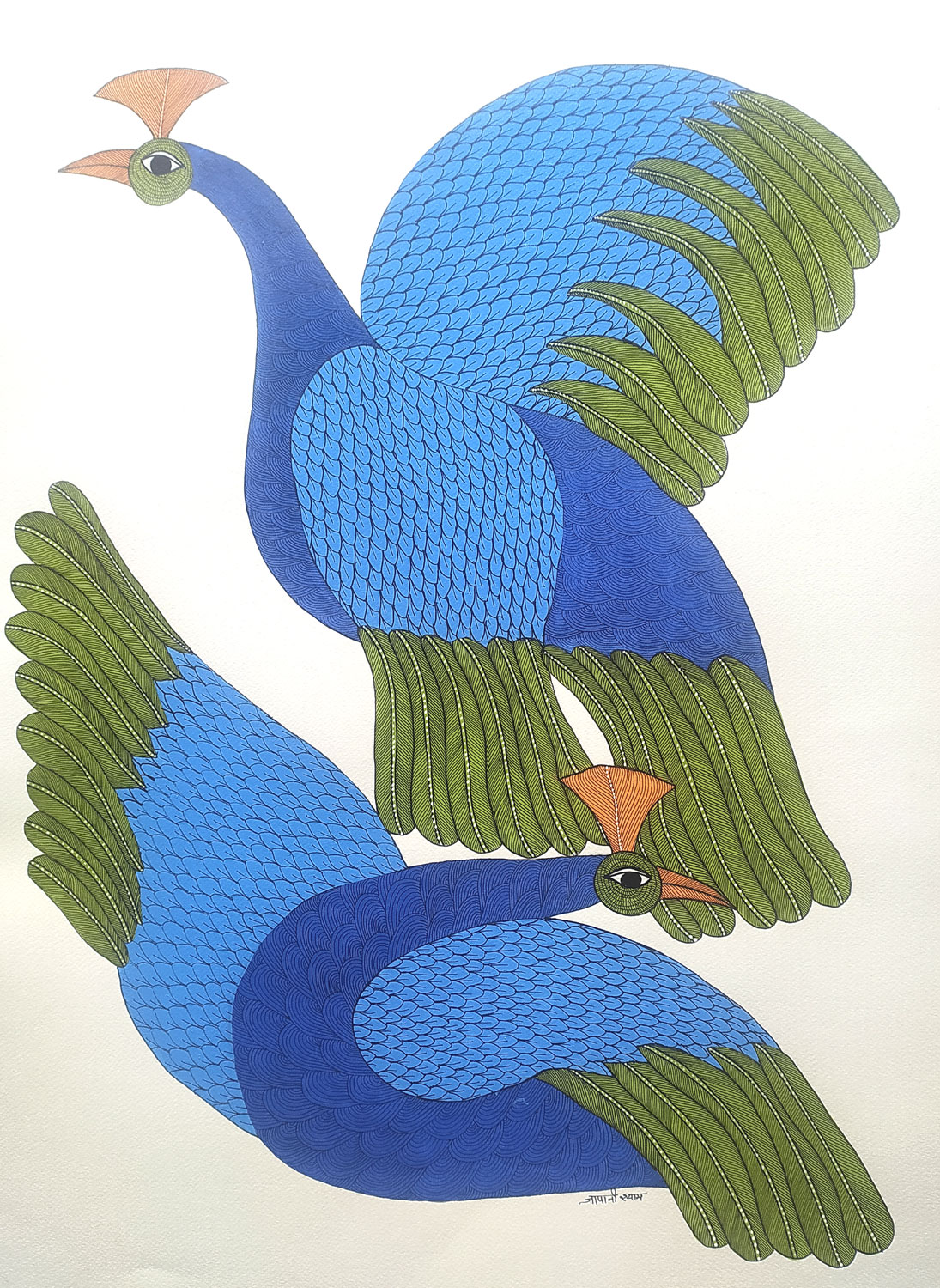
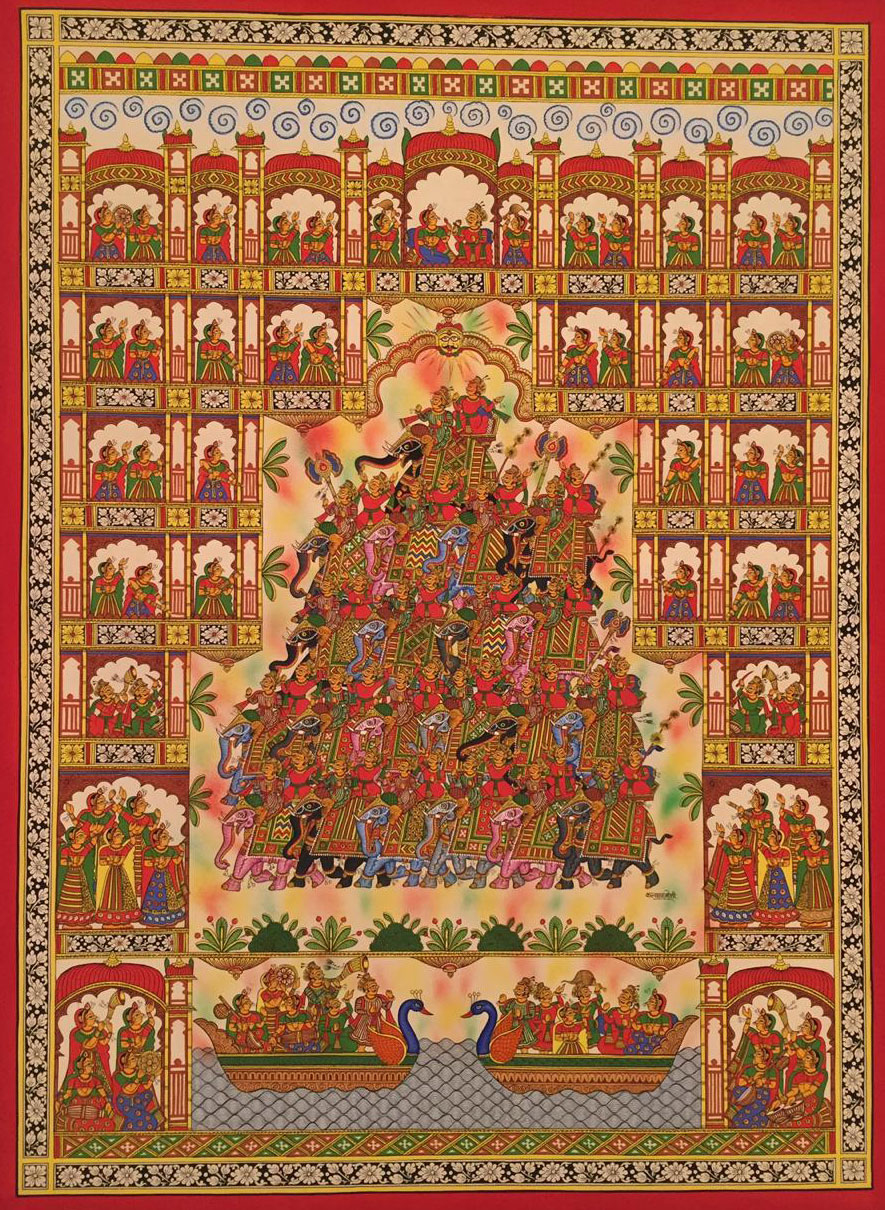
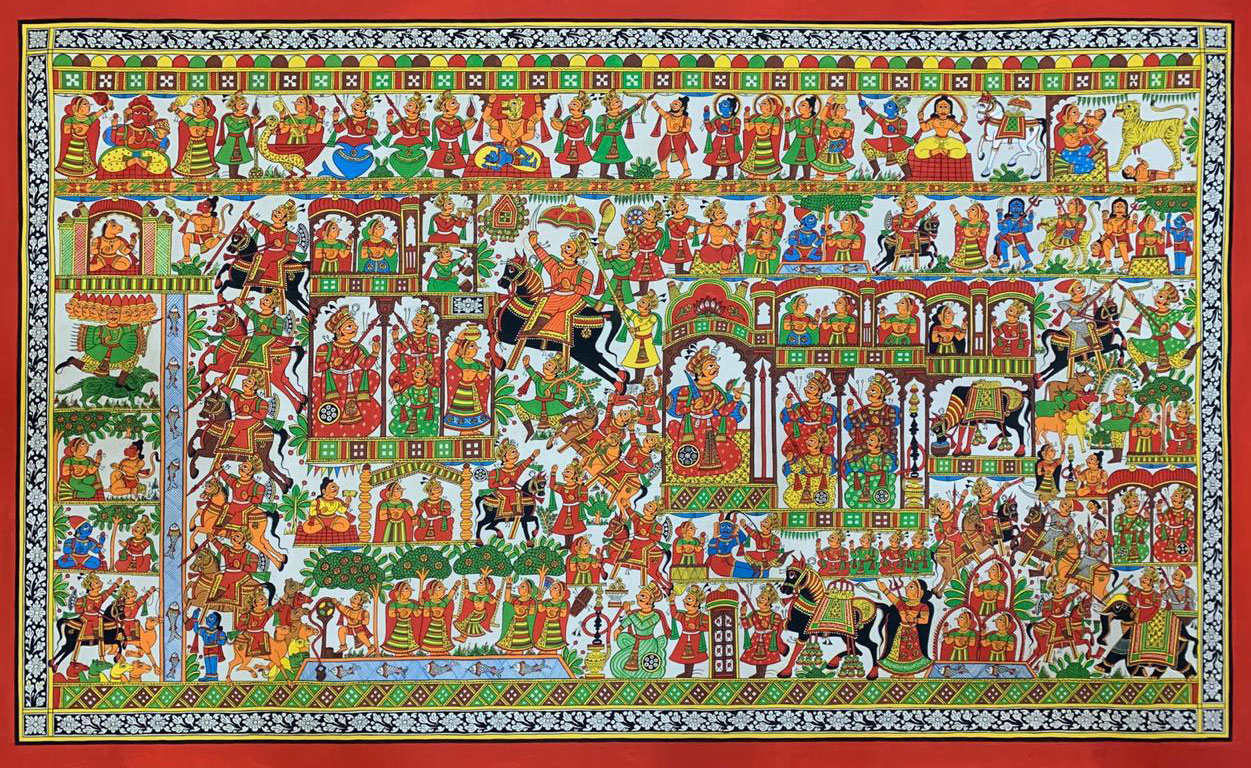
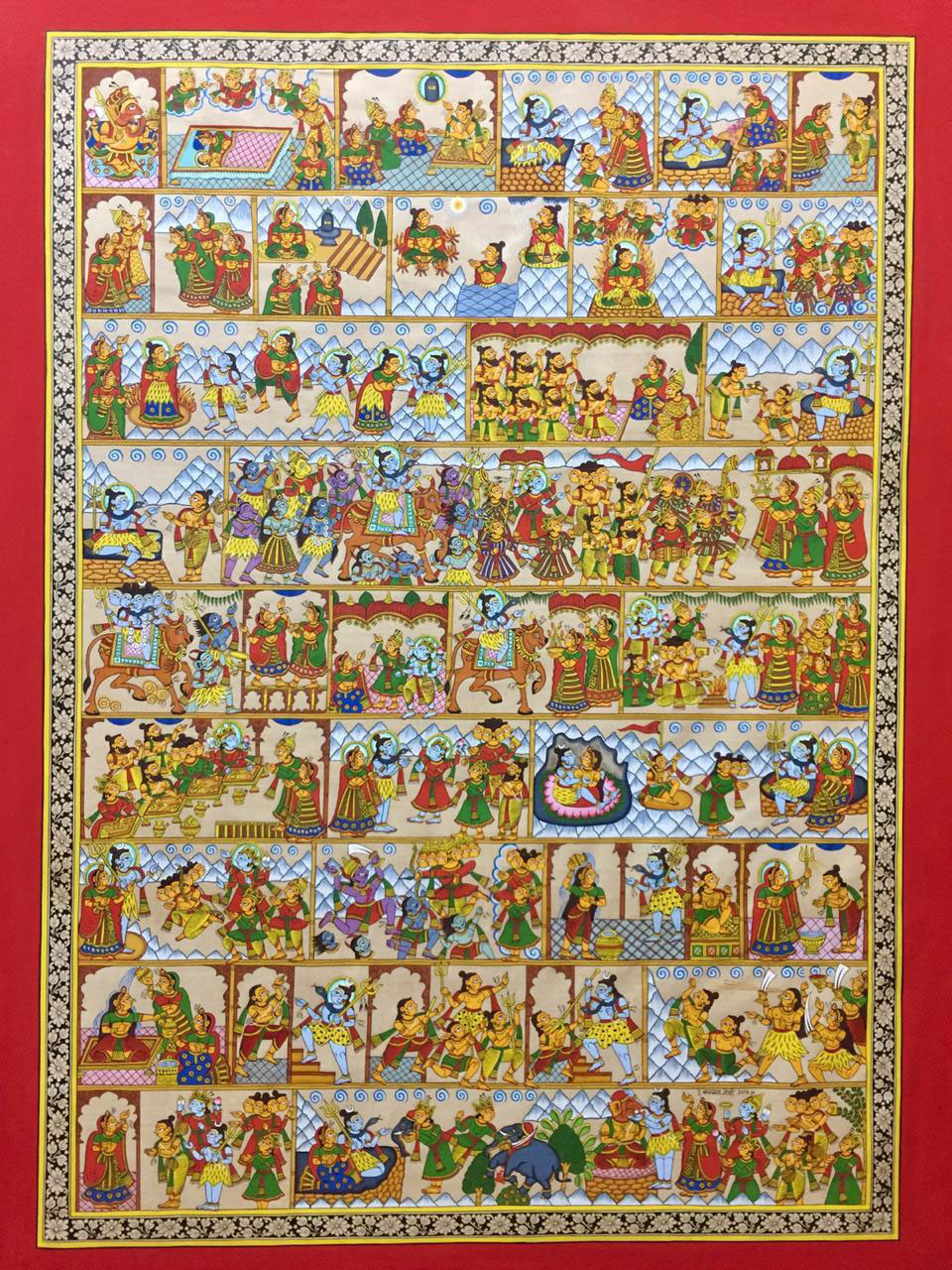
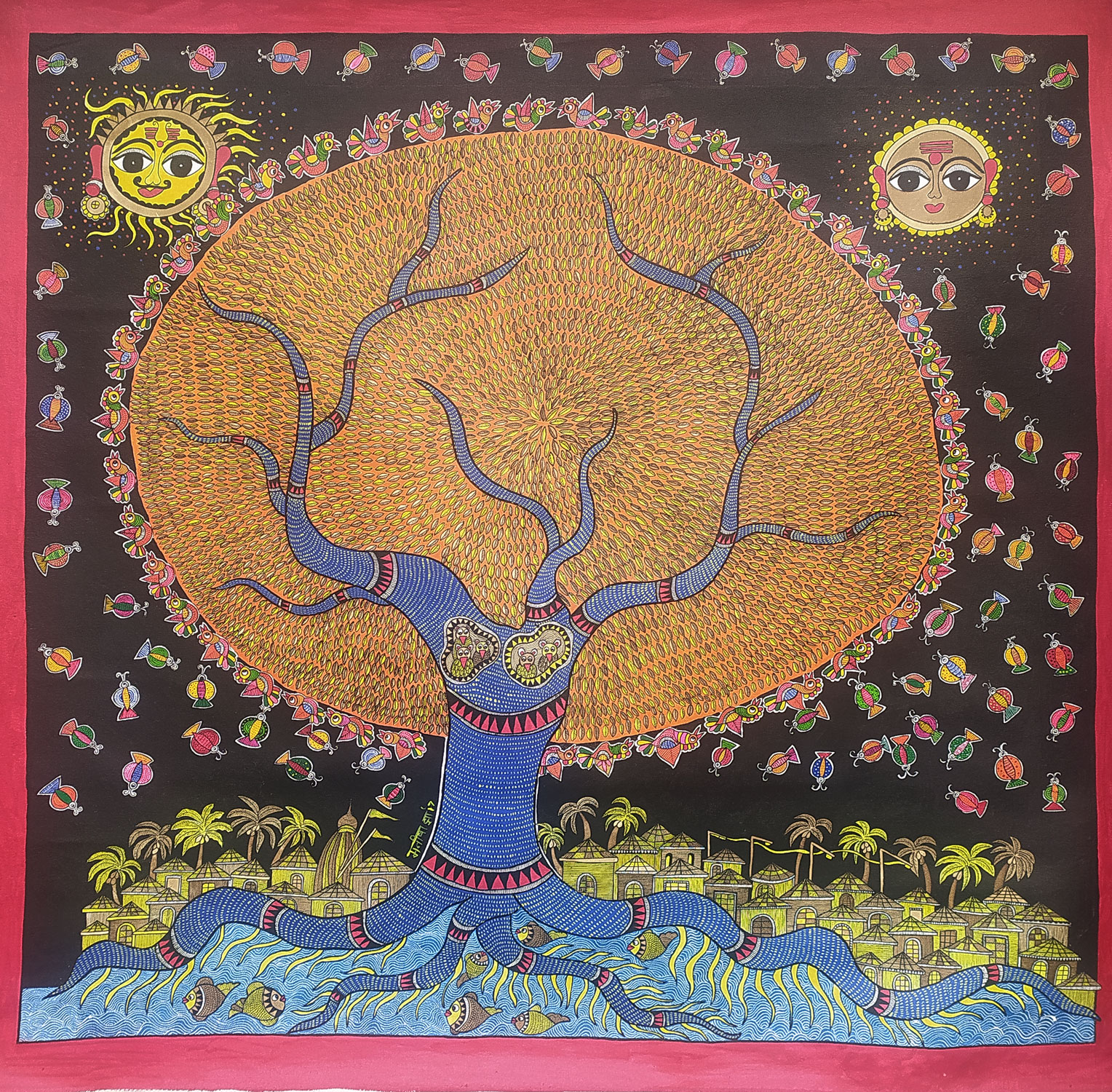
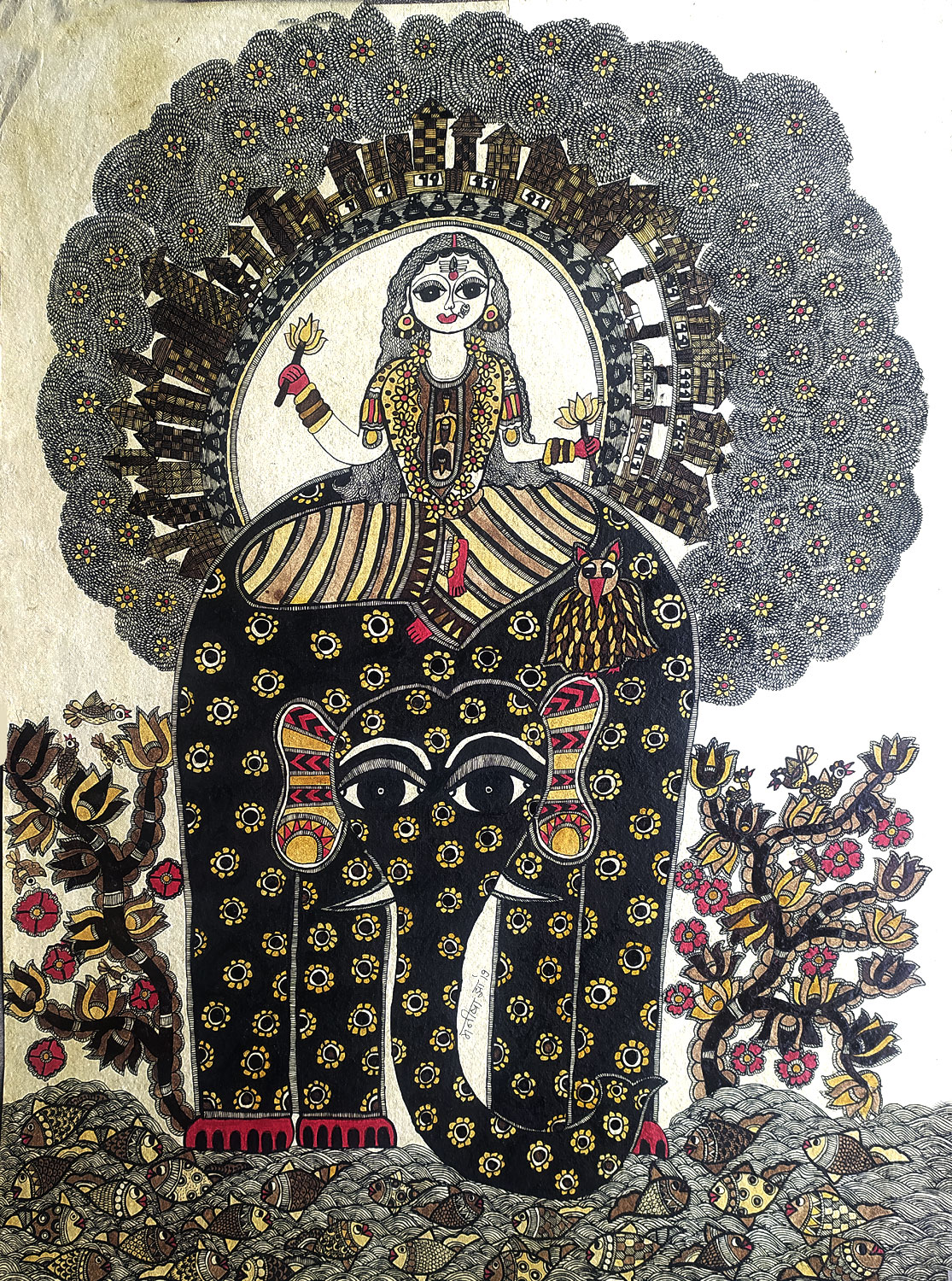
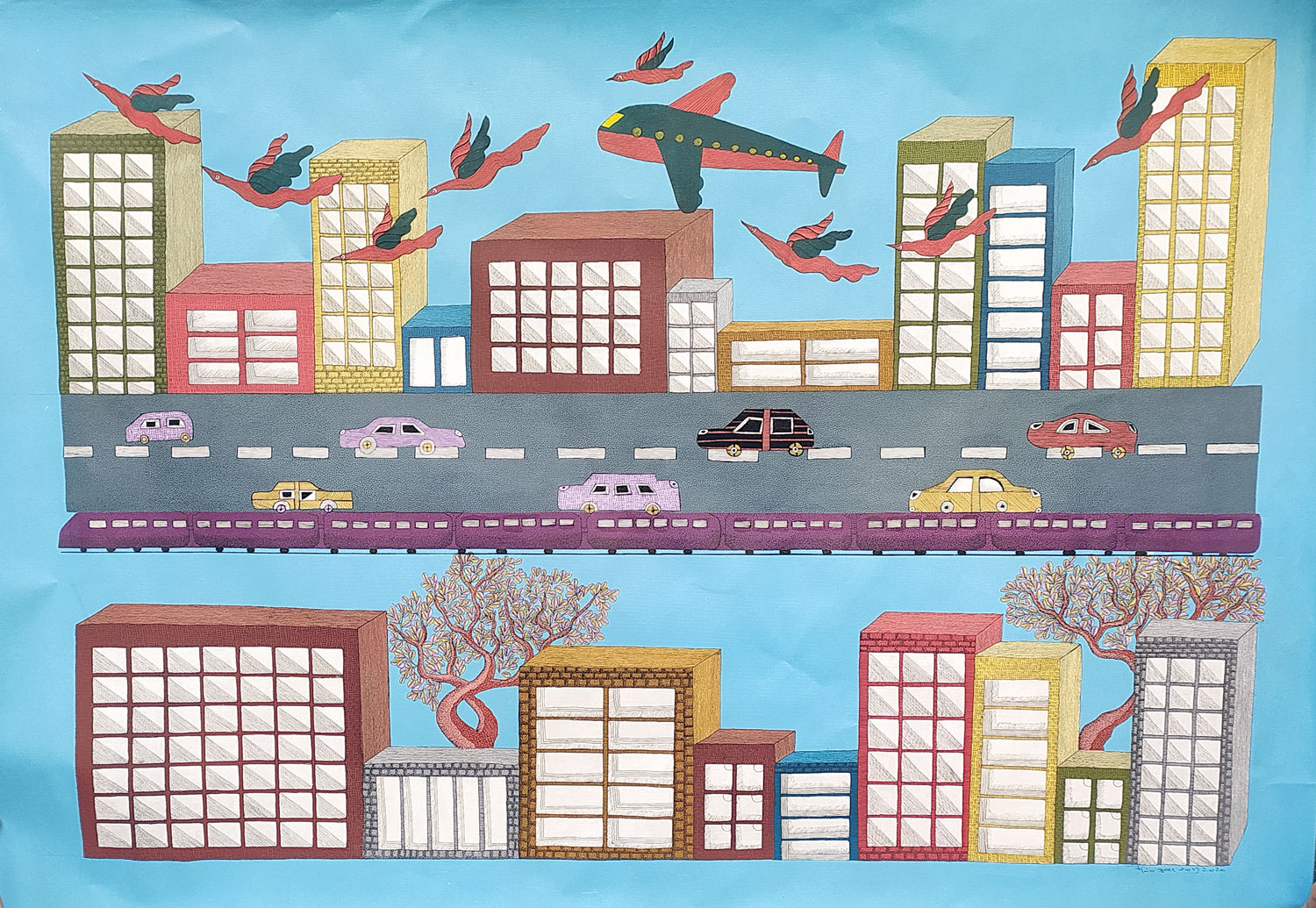
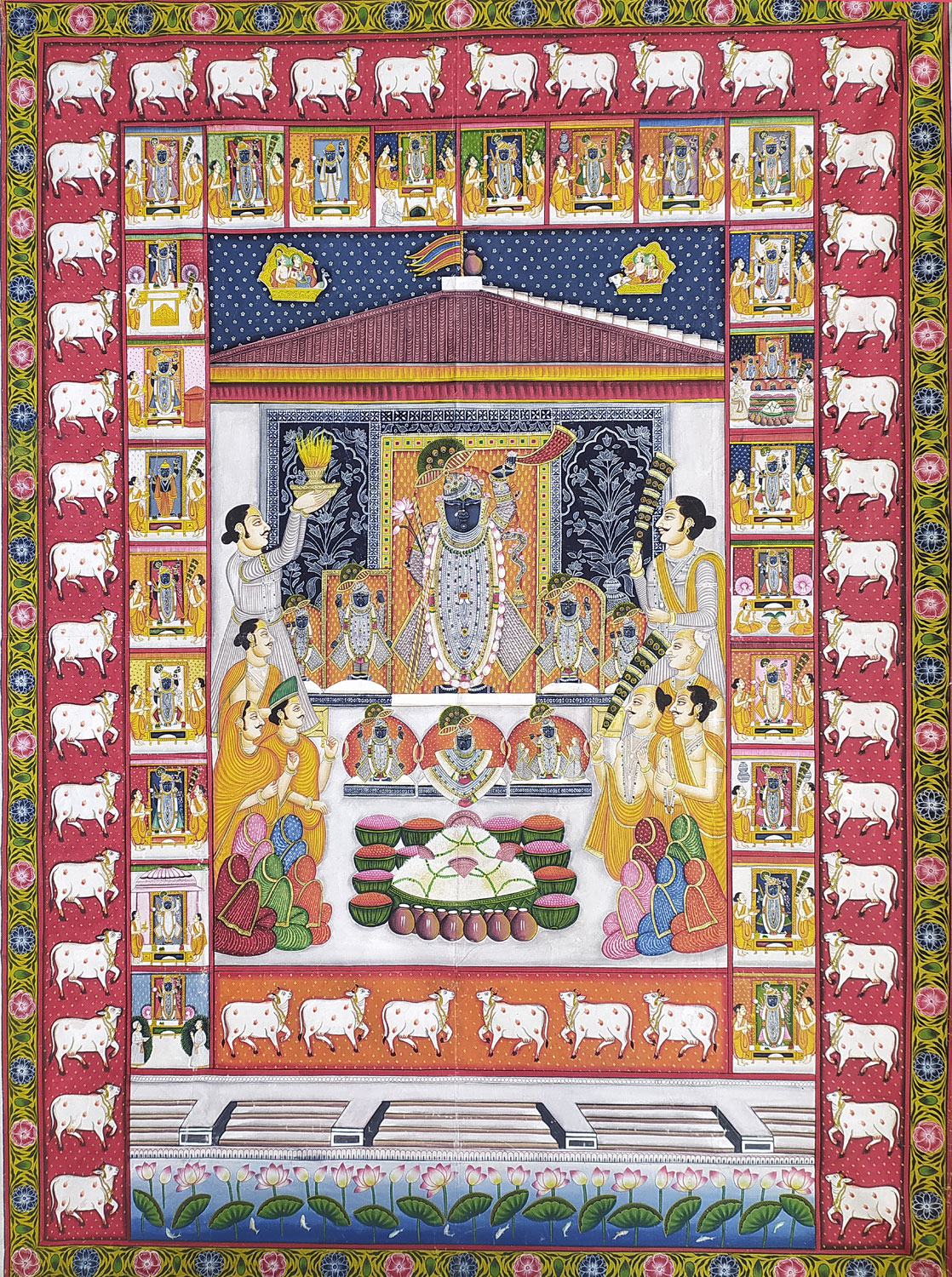
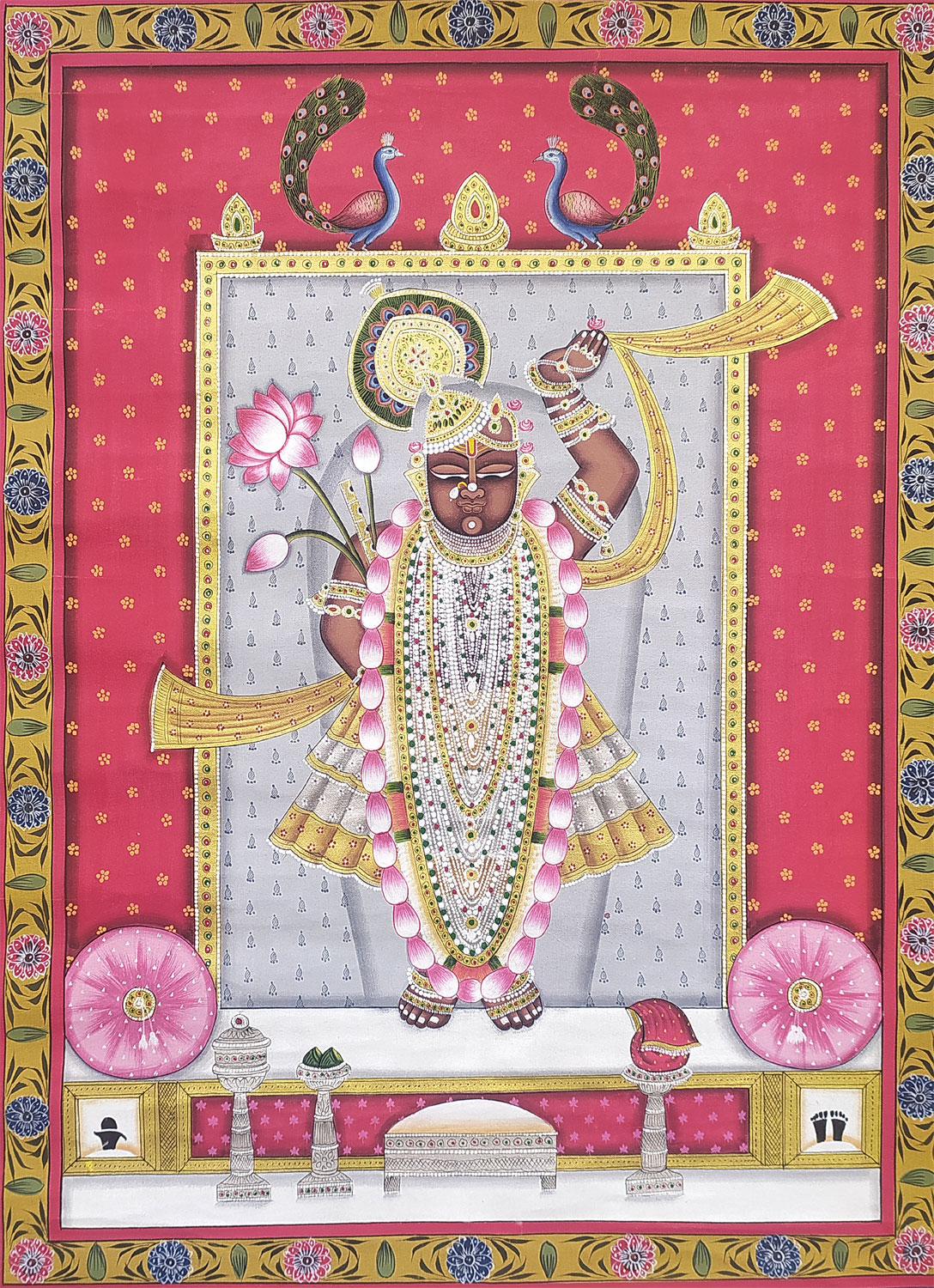
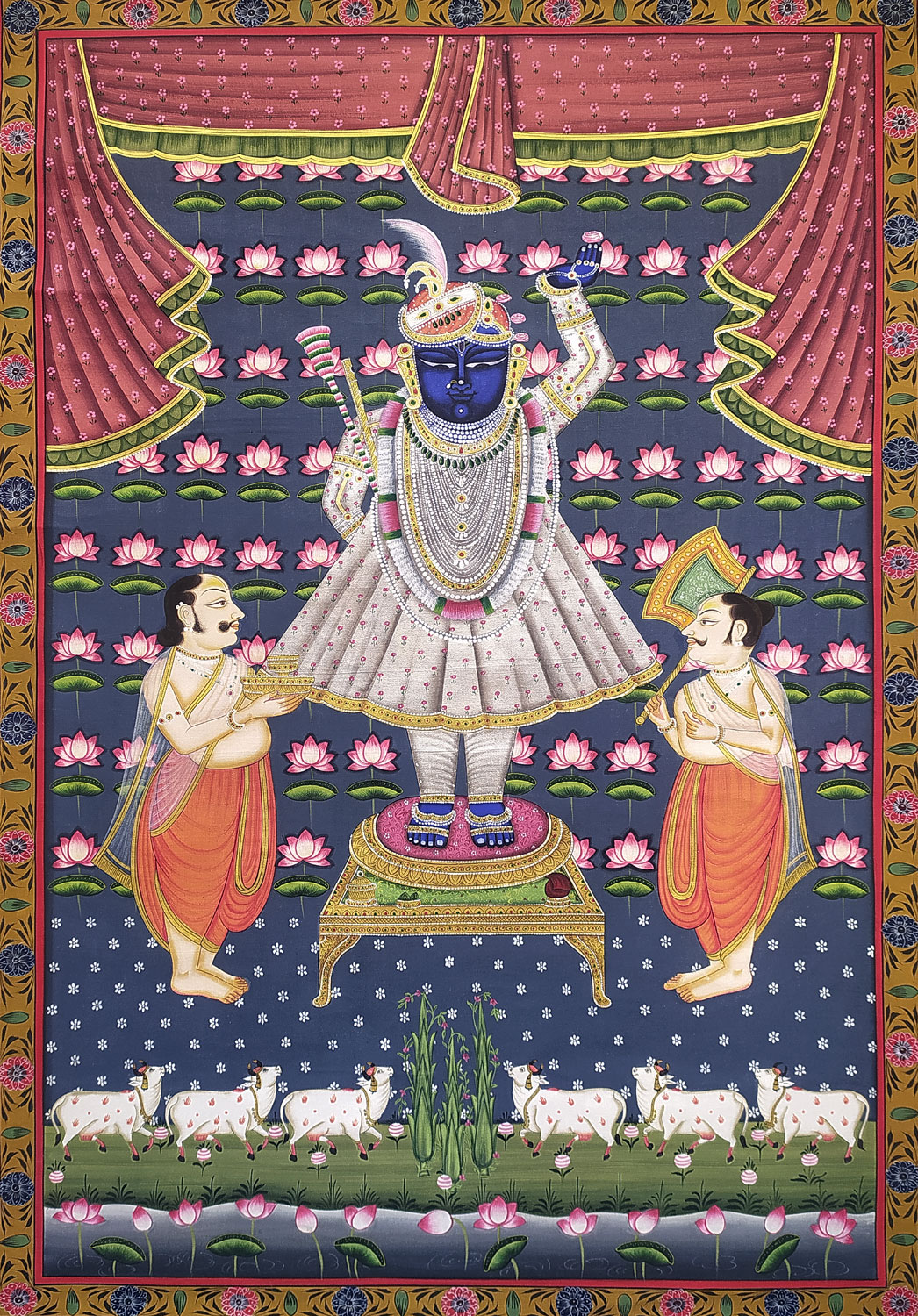
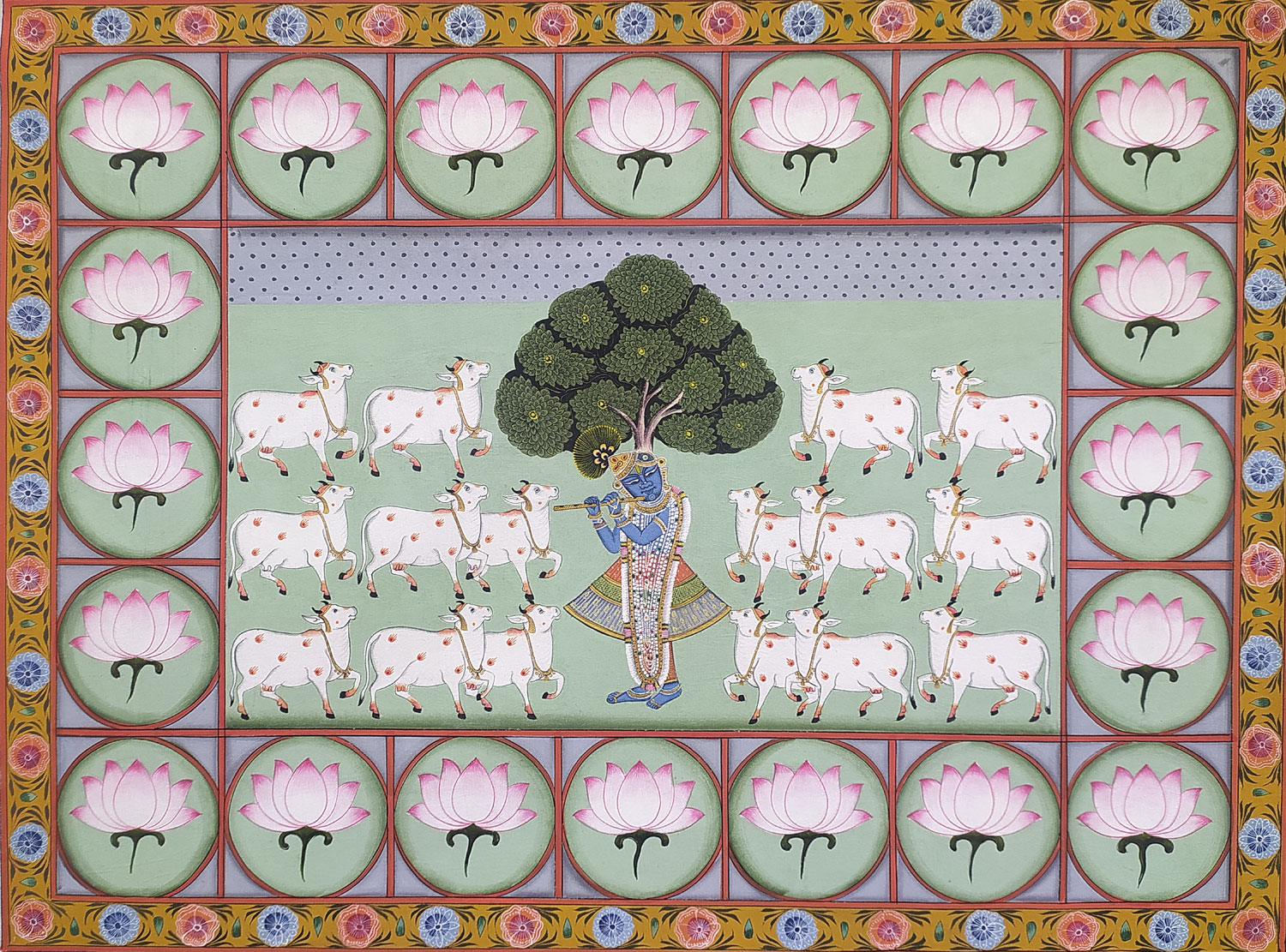
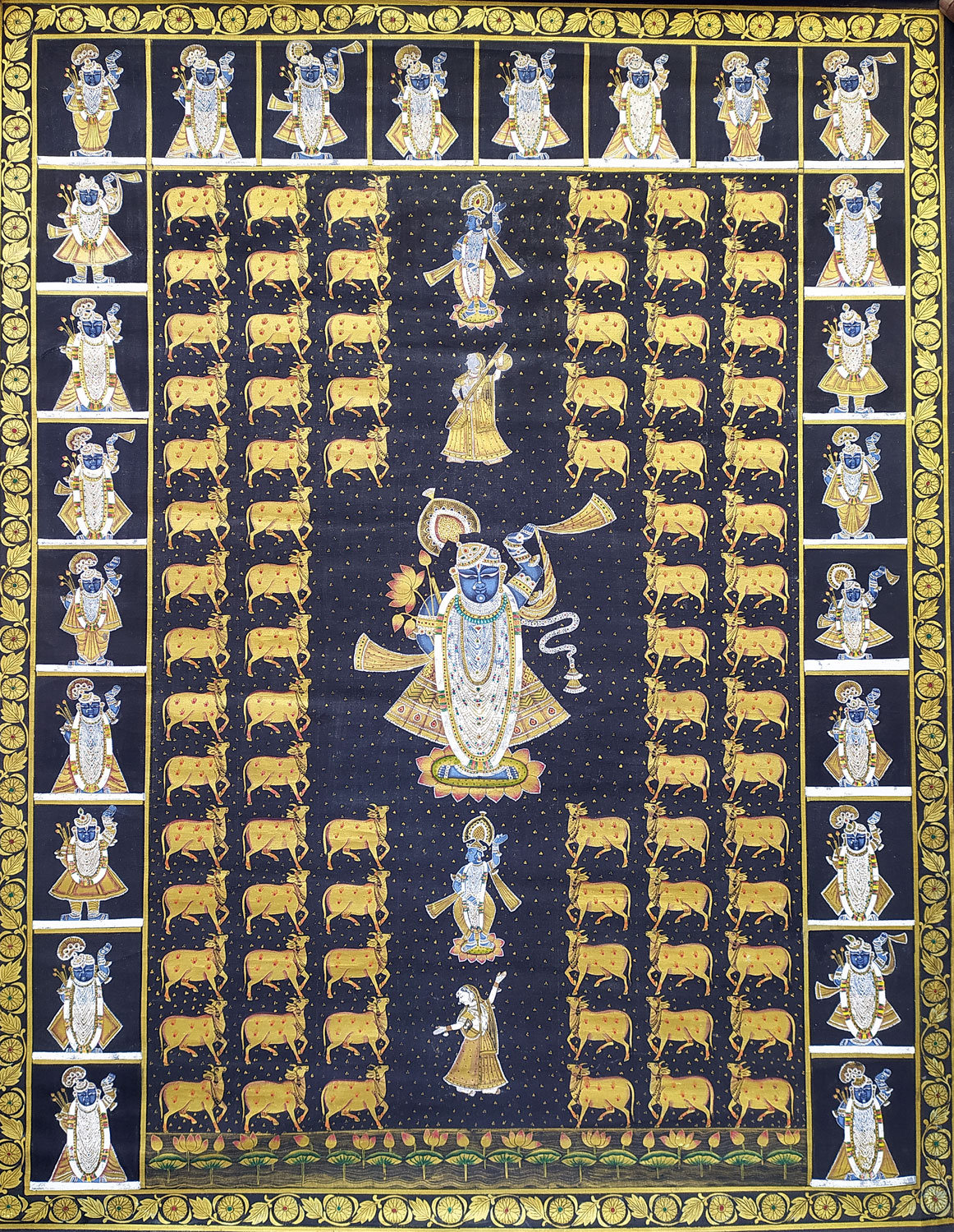
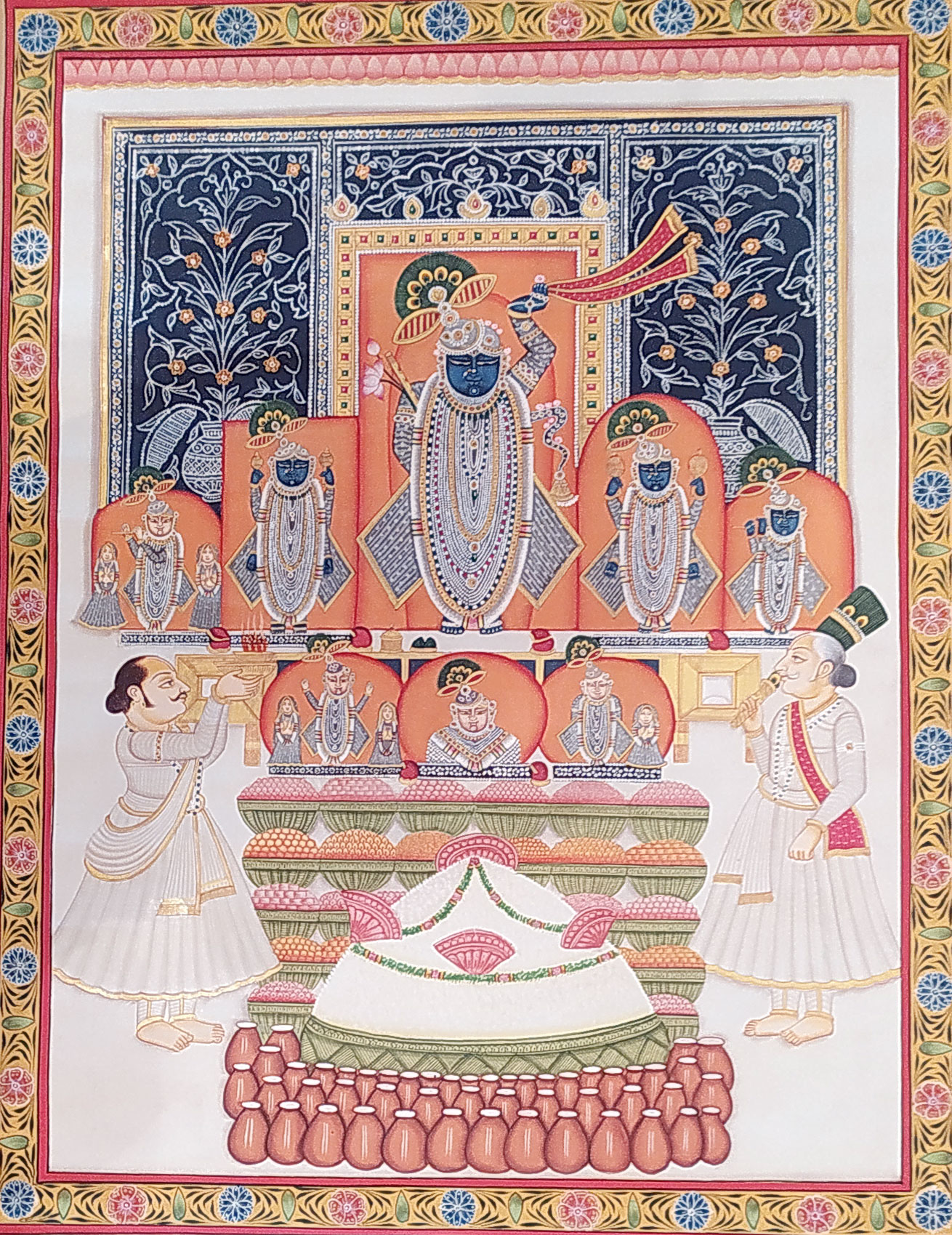
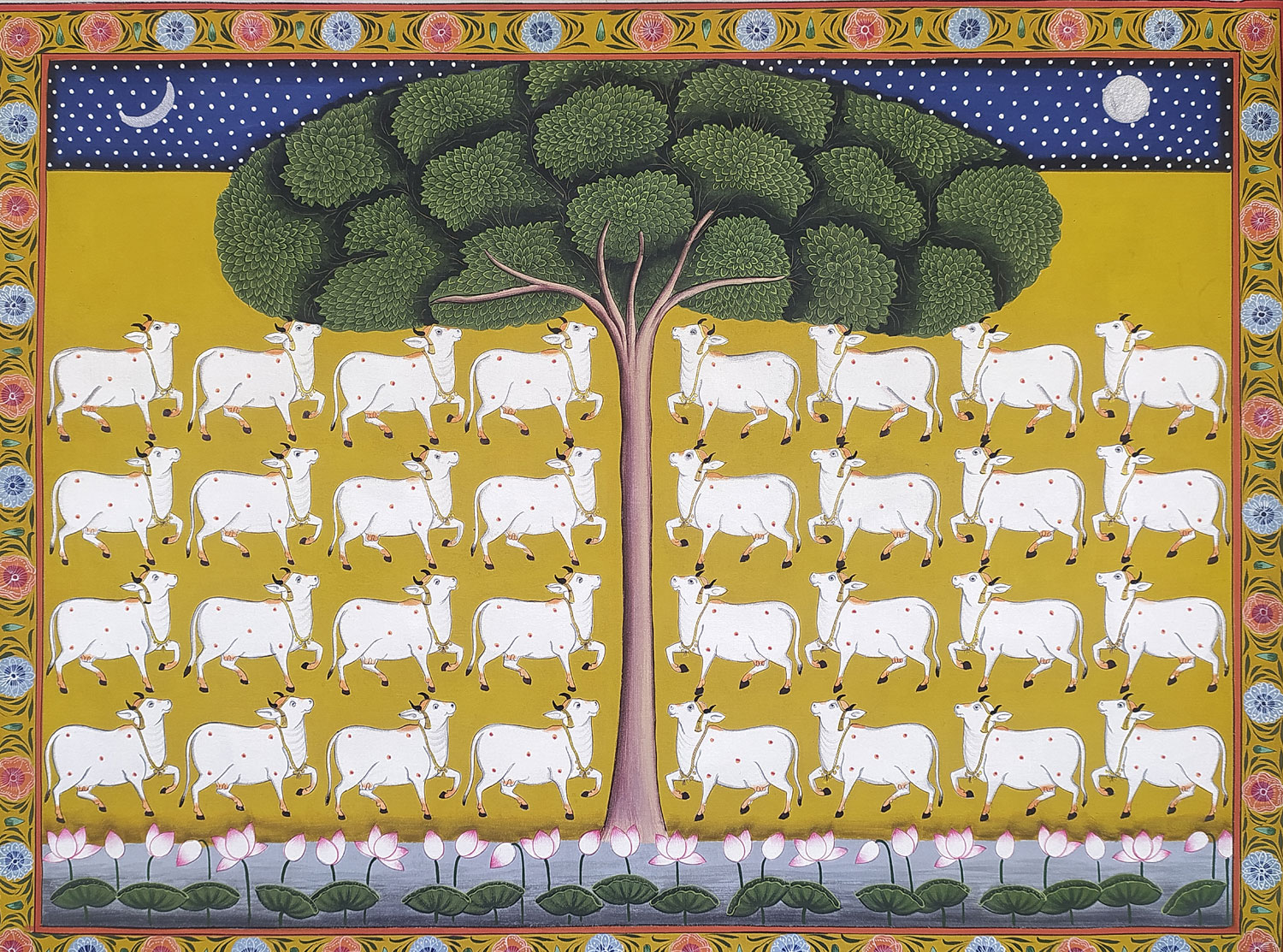
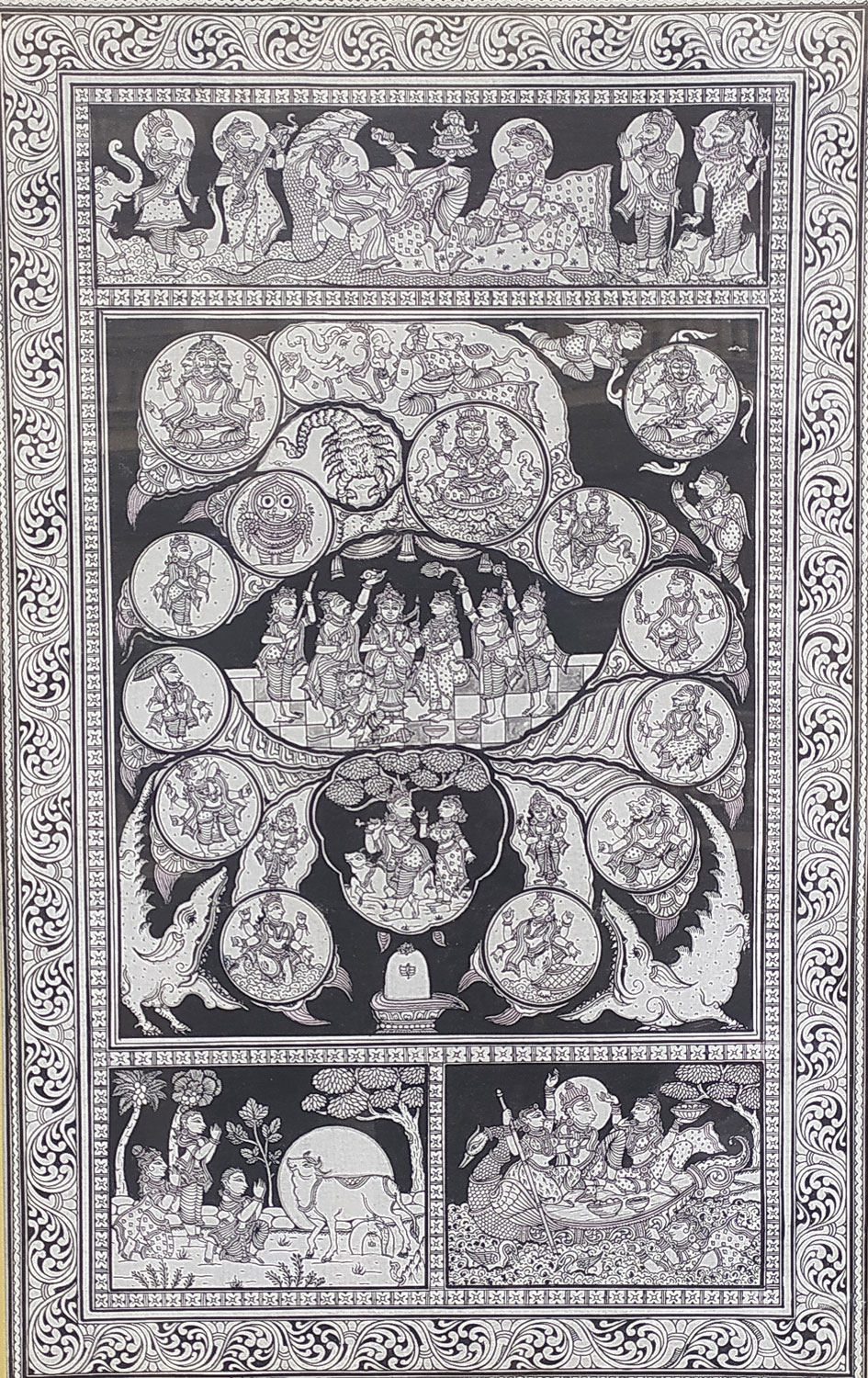
 Download Catalogue
Download Catalogue